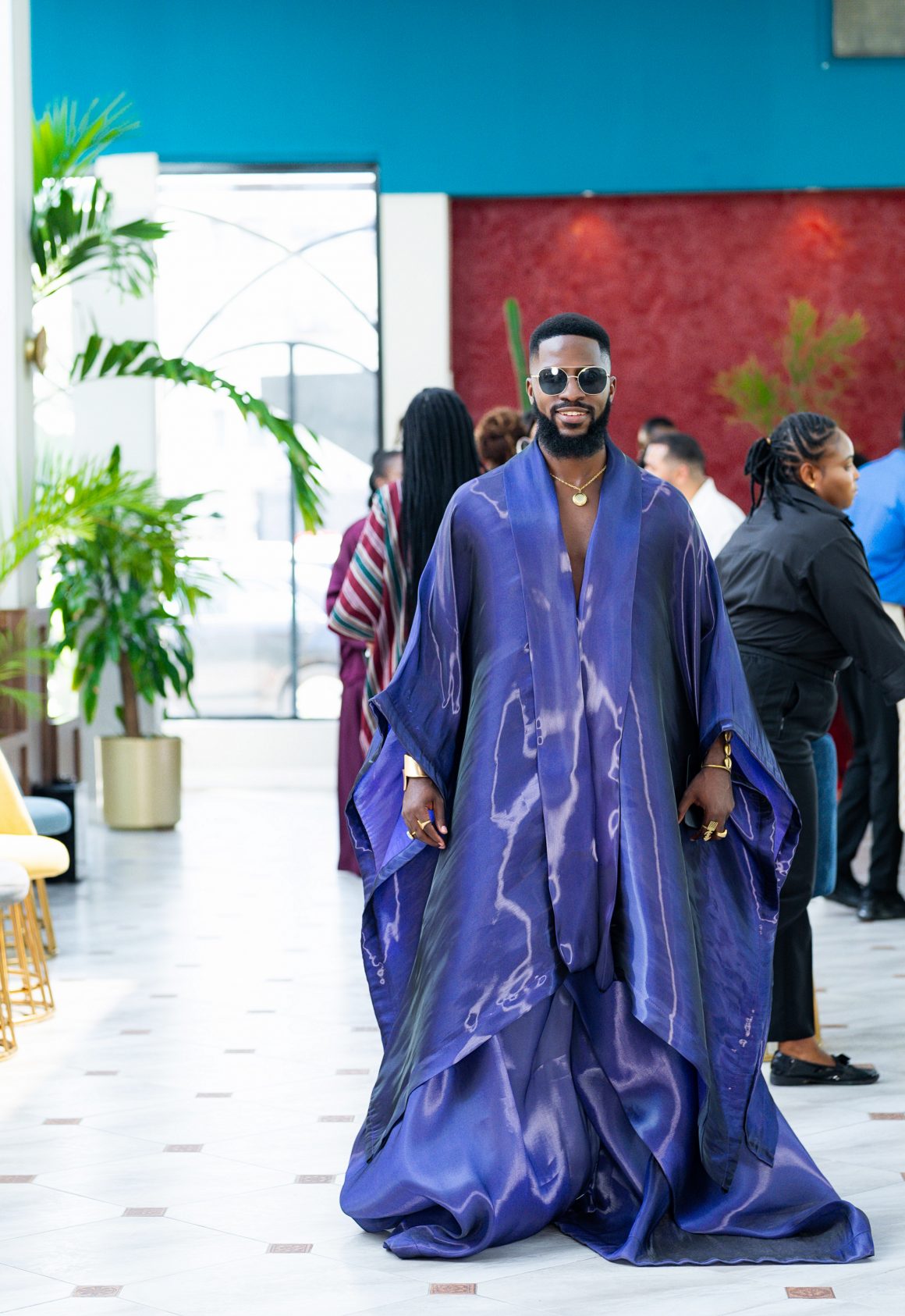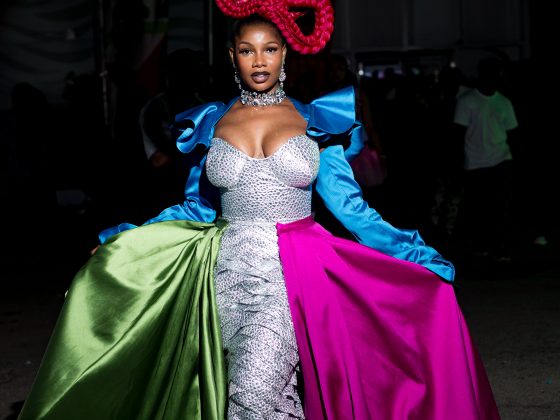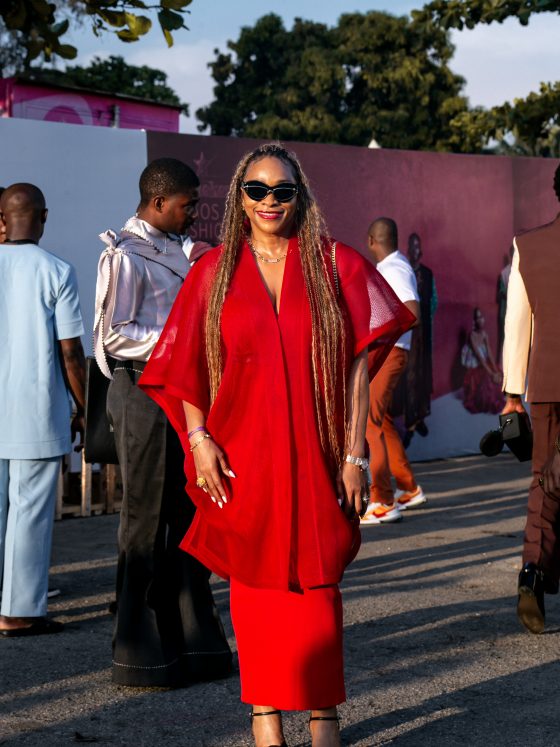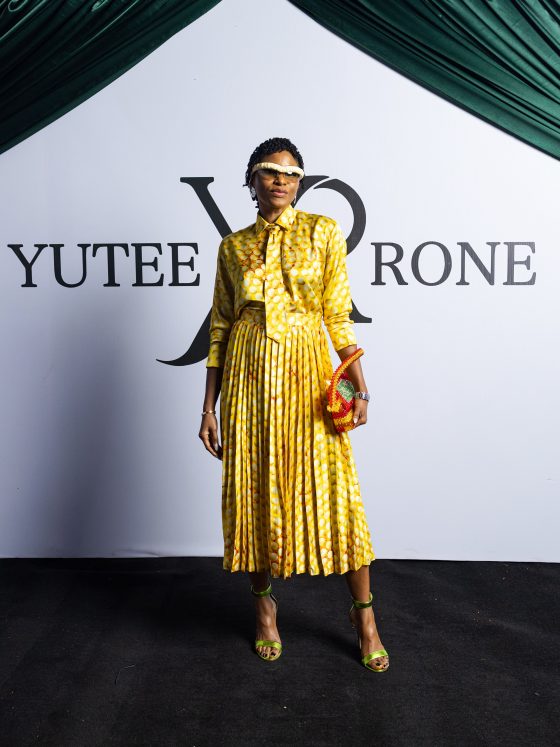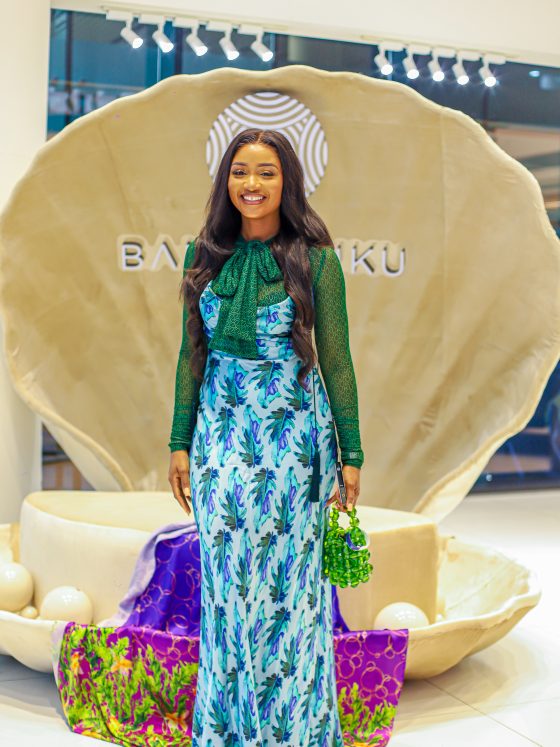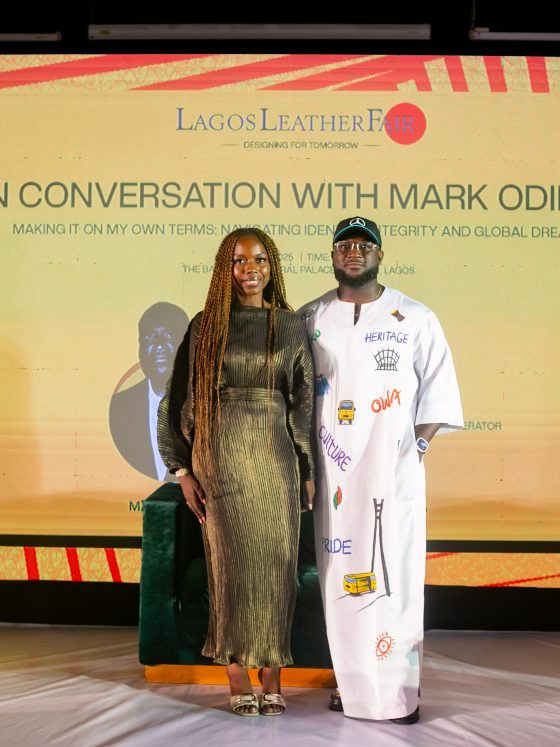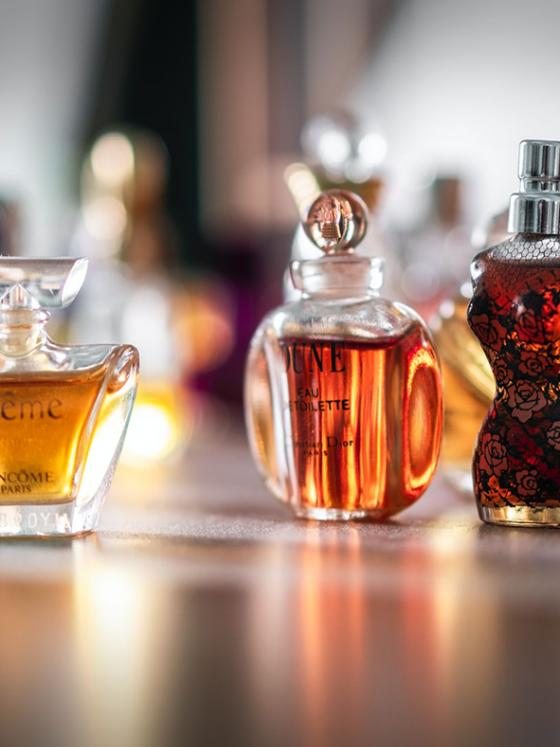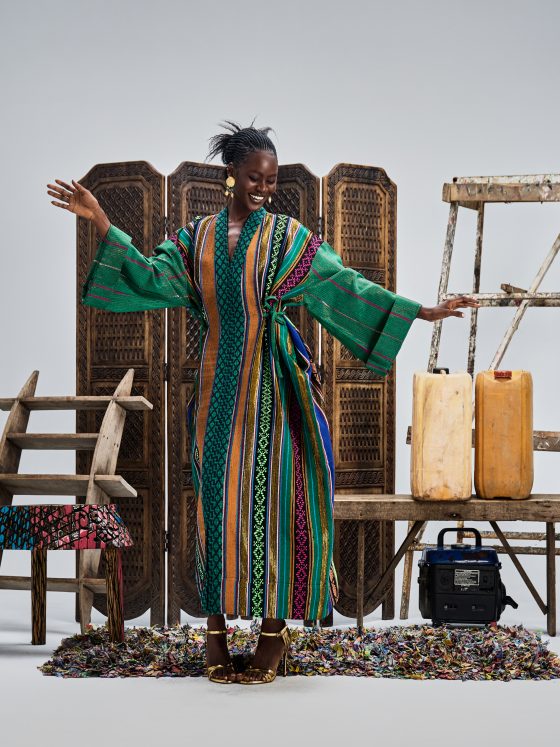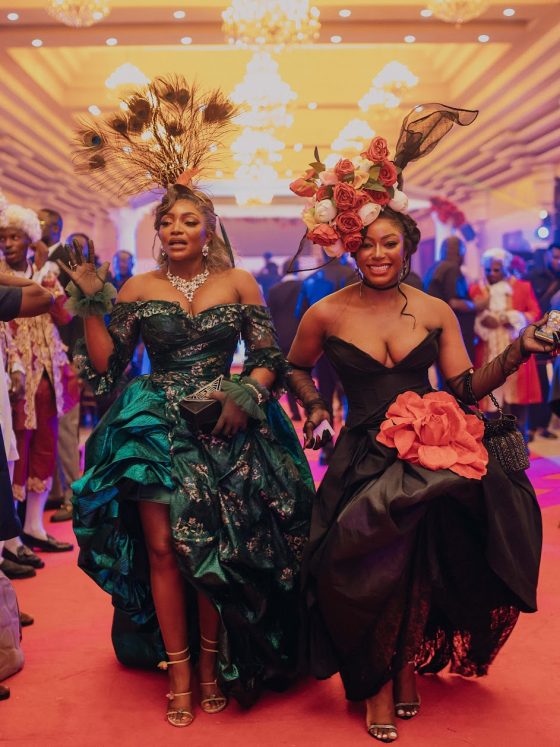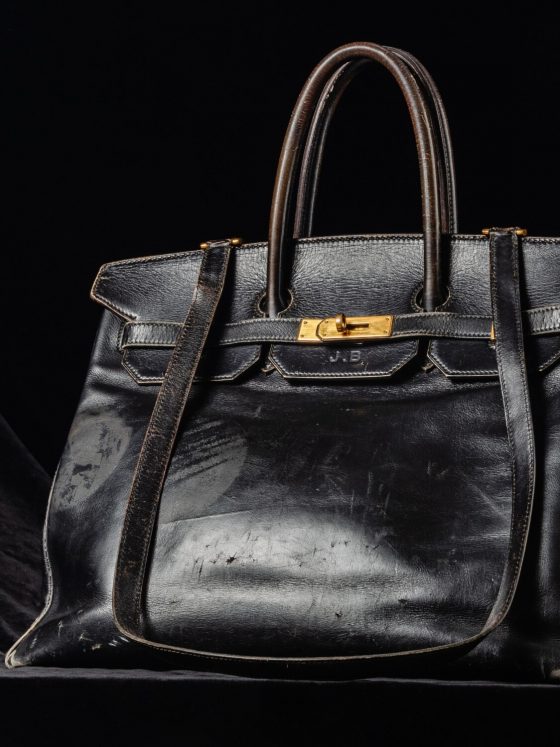Fashion has always been a reflection of culture, identity, and personal expression. But in 2025, the conversation has evolved beyond just trends and aesthetics—it’s about inclusivity, breaking barriers, and embracing individuality. Gender-fluid fashion is not just a fleeting trend; it’s a movement reshaping the global fashion landscape, including here in Nigeria.
Yet, in a country where tradition and modernity often clash, navigating gender-fluid fashion in a respectable and fashionable way requires balance. Whether you’re an avant-garde style enthusiast or someone looking to dip a toe into this transformative wave, here’s how to embrace gender-fluid fashion with confidence, authenticity, and cultural awareness.
1. Understand the Essence of Gender-Fluid Fashion
Gender-fluid fashion is about erasing traditional distinctions between “men’s” and “women’s” clothing. It’s the freedom to wear what you want, regardless of gender norms. The essence is versatility—outfits that blur the lines, allowing individuals to explore personal style without societal constraints. Think oversized blazers, flowy kaftans, structured tunics, and unisex accessories that complement all body types.
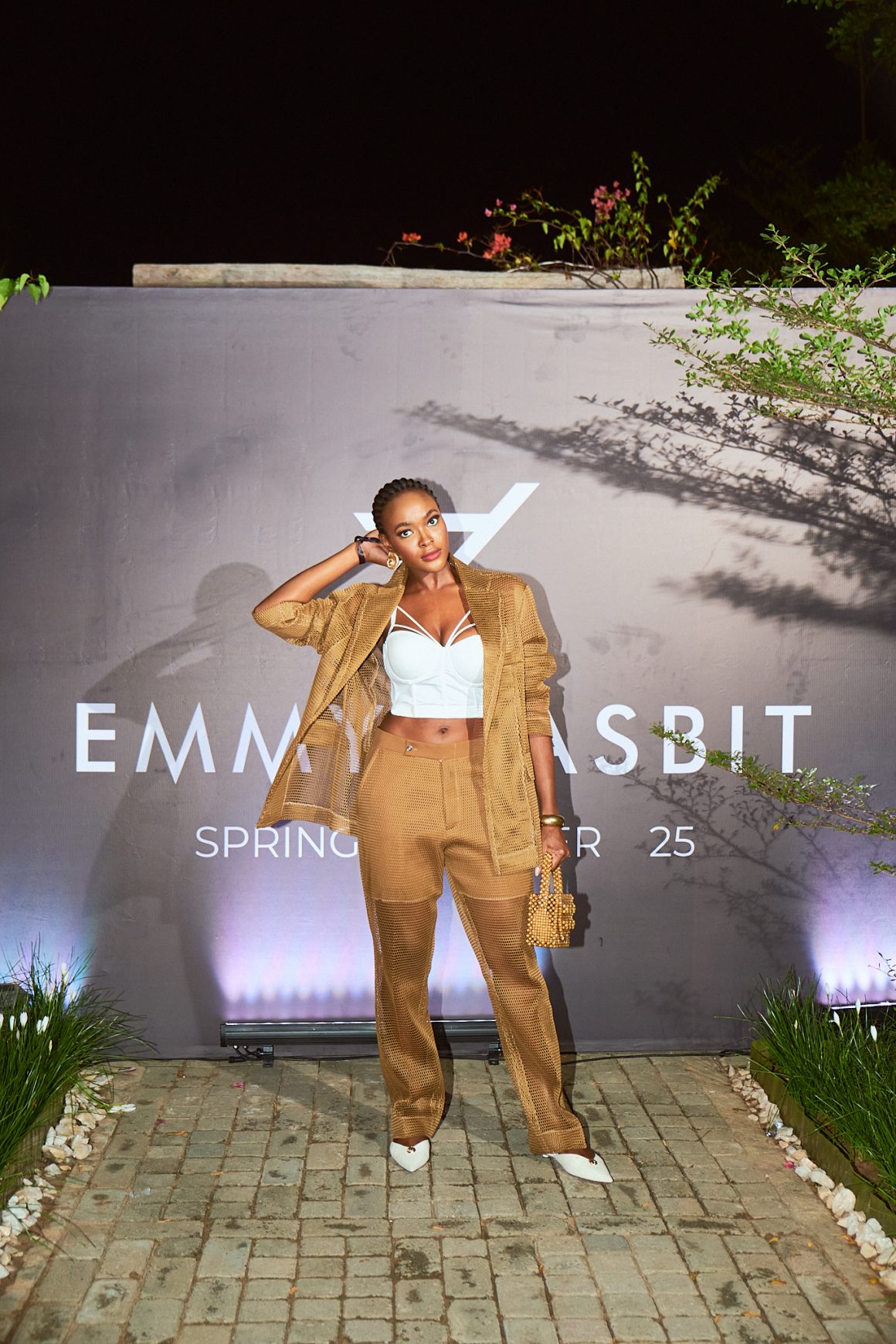
In Nigeria, traditional attires already lend themselves to fluidity. The agbada, worn by men, has been stylishly adopted by women.
2. Start Subtle with Accessories and Layering
For those hesitant about fully diving in, accessories are a great starting point. Statement rings, bold earrings, crossbody bags, and gender-neutral sneakers or loafers can help you ease into the aesthetic. Layering also works wonders; a structured blazer over a draped shirt, or pairing wide-leg pants with a fitted top, can create a harmonious balance that leans neither too masculine nor too feminine.
3. Lean into Nigerian Designers Championing Gender-Fluidity
Several Nigerian designers are paving the way for gender-neutral fashion, crafting pieces that defy categorization while staying true to African aesthetics. Brands like Orange Culture, Emmy Kasbit, and Tokyo James have been pushing the boundaries with androgynous designs that celebrate fluidity. Seek out pieces that resonate with your style—be it a bold print agbada reimagined with softer lines or a structured suit tailored to fit all body shapes.
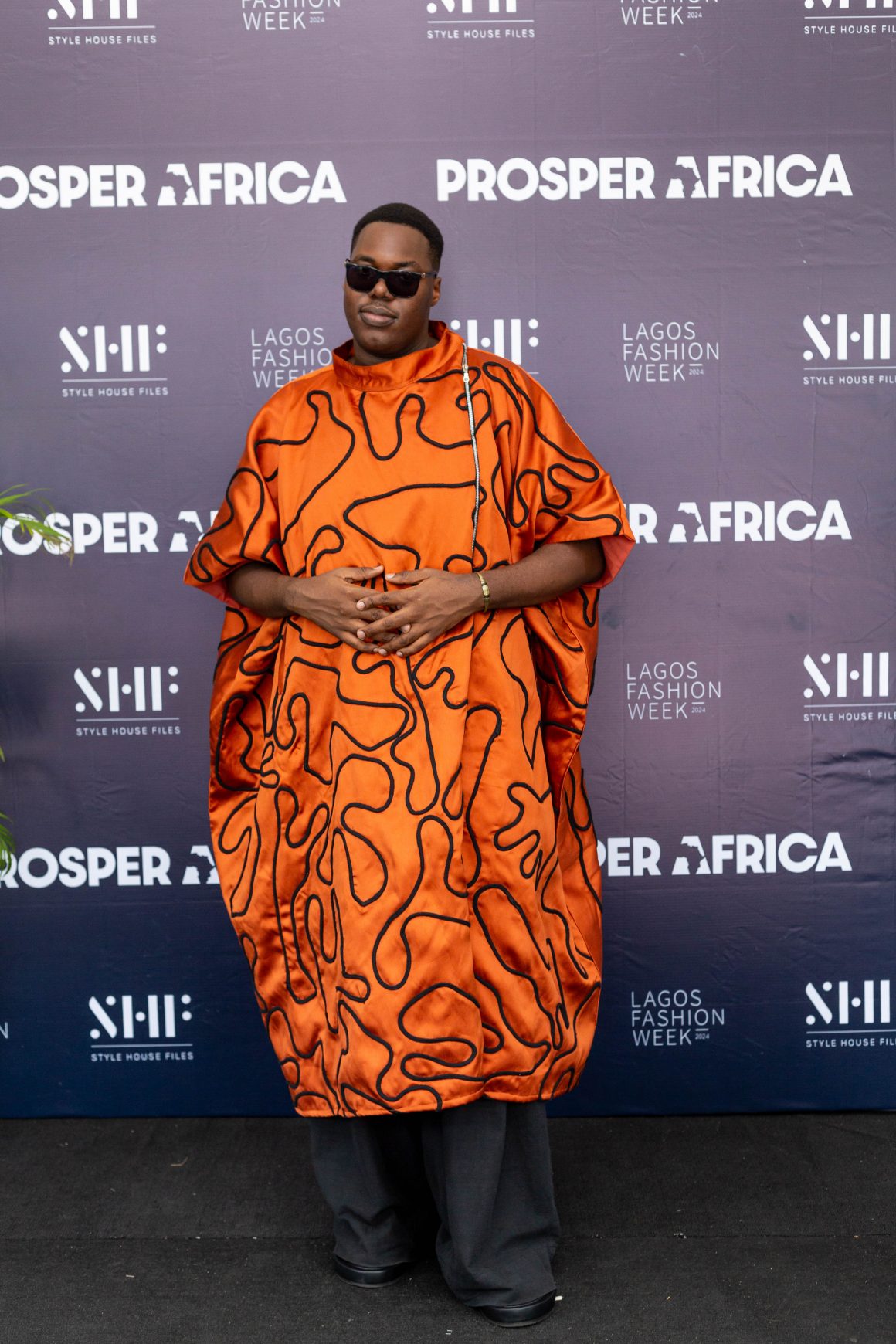
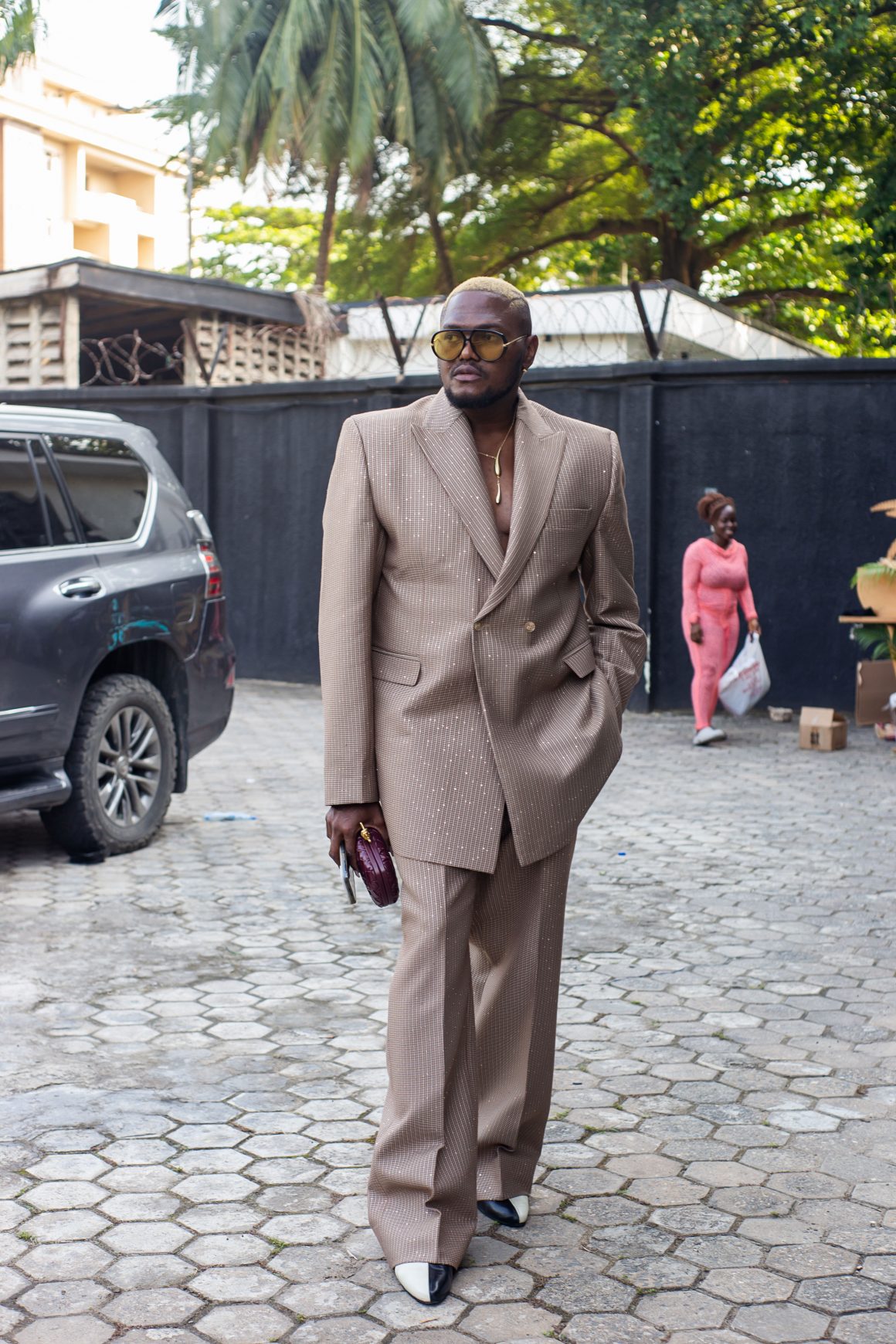
4. Find the Right Fit and Silhouette
The key to gender-fluid fashion is not just wearing ‘men’s’ or ‘women’s’ clothes but ensuring the fit complements your body type. Oversized silhouettes, straight-leg trousers, asymmetric tunics, and structured corsetry that’s not inherently ‘feminine’ or ‘masculine’ can work for everyone.
5. Embrace Neutral Tones, but Don’t Shy Away from Prints
If you’re new to gender-fluid fashion, neutrals like black, white, beige, and olive can serve as safe entry points. They’re effortlessly chic and allow you to mix and match across styles.

However, in a country as vibrant as Nigeria, prints are a wardrobe staple. Ankara, Adire, and Aso-oke designs can be tailored into gender-neutral outfits that remain culturally rooted.
6. Respect Cultural Sensitivities
As forward-thinking as fashion can be, it’s important to remain respectful of cultural and religious sentiments. Certain environments in Nigeria—whether due to religious beliefs, corporate settings, or community expectations—may not be entirely receptive to non-traditional dressing. Understanding when and where to embrace gender-fluid fashion can help you navigate spaces with ease.

